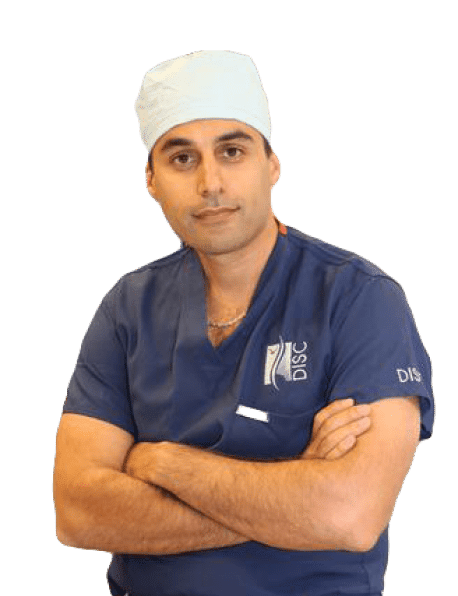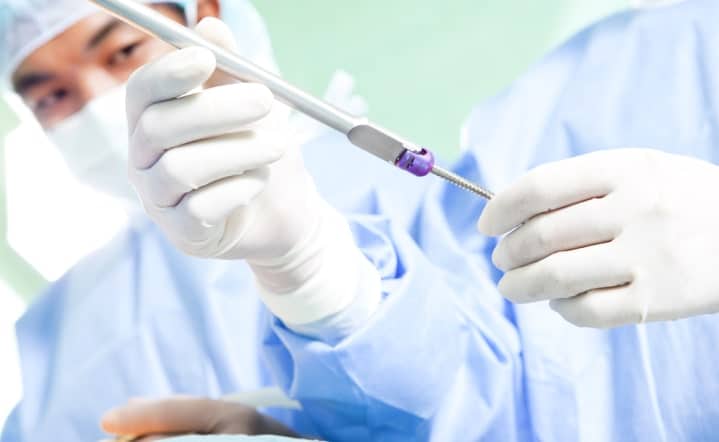
Meet
Dr. Hamid Mir, M.D.
Medical Director at DISC Sports and Spine Center in Newport Beach Dr. Hamid Mir is a board certified orthopedic spine surgeon with fellowship training in combined neurosurgical and orthopedic spine surgery. He has offices in Orange County and Los Angeles serving Costa Mesa, Newport Beach, Marina Del Rey, Santa Monica, Riverside, and Palm Springs. Specializing in cervical, thoracic, and lumbar diseases including degenerative, stenosis, fracture, infection, scoliosis, revision, and complex reconstructions.







